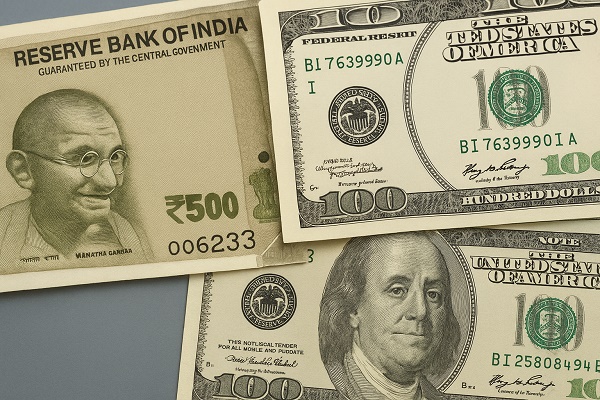Dollar steady as traders brace for US inflation data, bitcoin volatile

The dollar was steady on Wednesday in cautious trading ahead of U.S. inflation data due later this week that is likely to influence the Federal Reserve's policy, while bitcoin was volatile after a fake social media post rattled markets.
The U.S. securities regulator said someone briefly accessed its X social media account and posted a fake message saying it had approved exchange traded funds (ETFs) for bitcoin. The Securities and Exchange Commission (SEC) said it had not yet approved spot bitcoin ETFs.
Bitcoin surged to a fresh 21-month peak of $47,897 after the fake post, before sliding down to below $45,000 within minutes as the SEC deleted and disavowed the information.
The world's biggest cryptocurrency was last down 0.5% at $45,897. Anticipation of a positive SEC decision on ETFs, which is likely to draw billions in new investments, has boosted bitcoin prices in the past two months.
"The reality is most who have followed the saga have moved on and the green light from the SEC is fully priced," said Chris Weston, head of research at Pepperstone.
Weston said the market was focused on when the various ETFs would start to trade, how many bitcoins would be held by the end of the year and the dollar value of inflows over that time.
In the currency market, the dollar remained on the front foot, with the dollar index, which measures the U.S. currency against six rivals, last at 102.53, after gaining 0.215% on Tuesday.
The index is up 1% this month, after dropping 2% in December as traders reassess how steep and early the rate cuts from the Fed are likely to be.
The Fed's surprising dovish tilt in December, when it projected 75 basis points (bps) of rate cuts in 2024, turbo-charged market expectations of easing with traders last month anticipating as much as 160 bps of cuts.
Markets have since reassessed the chances and currently are pricing in 140 bps of cuts this year.
Traders are focused on the release of the U.S. consumer price index report on Thursday to help predict the likelihood of a March rate cut. The report is expected to show headline inflation rose 0.2% in the month and by 3.2% on an annual basis.
Fed funds futures indicate a 64% probability of the Fed easing in March versus 80% a week earlier, the CME FedWatch tool showed.
Joseph Capurso, head of international and sustainable economics at Commonwealth Bank of Australia, said May was more likely to be the start of a U.S. rate cut cycle because the labour market is tight and inflation remains above the Fed's 2% target.
A reassessment of the predicted start of the rate cut cycle could support the U.S. dollar in the coming months, he said.
In other currencies, the euro was down 0.05% to $1.0926, while sterling was last at $1.2709, up 0.03% on the day. The Japanese yen weakened 0.19% to 144.74 per dollar.
The Australian dollar rose 0.16% to $0.669.
Australia's inflation slowed to a near two-year low in November and core inflation also eased sharply, a softer-than-expected result that reinforced market expectations interest rates would not need to rise any further.
The New Zealand dollar eased 0.02% to $0.624.

.jpg)


.jpg)




.jpg)














